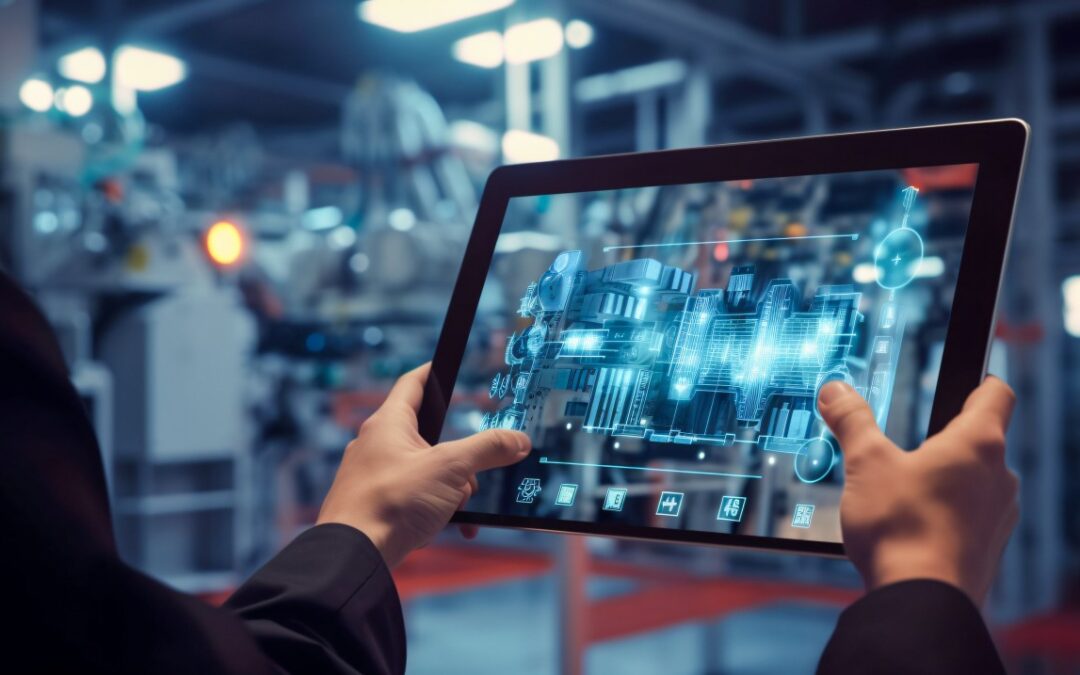In the era of Industry 4.0, the integration of advanced technologies has revolutionized manufacturing processes. One such innovation, the stroboscope, plays a pivotal role in enhancing the efficiency and accuracy of smart factories. By providing precise visual inspections, stroboscopes are indispensable tools that significantly contribute to quality control.

The Role of Stroboscopes in Modern Manufacturing
The primary function of a stroboscope is to make fast-moving objects appear stationary, allowing for detailed inspection. This capability is especially beneficial in smart factories, where rapid production lines necessitate quick and accurate assessments to ensure product quality. By synchronizing with the movement of machinery and products, stroboscopes enable operators to detect anomalies that might otherwise go unnoticed.
Benefits of Using Stroboscopes in Smart Factories
Enhancing Quality Control
One of the most critical aspects of utilizing stroboscopes in manufacturing is their ability to enhance quality control. By providing clear visual feedback, they allow for real-time adjustments and corrections, minimizing production errors and reducing waste. This proactive approach to quality management is essential for maintaining high standards and meeting customer expectations.
Increasing Operational Efficiency
By facilitating quick inspections, stroboscopes contribute to increased operational efficiency. They reduce downtime by enabling rapid identification and resolution of issues, thus ensuring that production lines run smoothly and continuously. This efficiency translates into cost savings and improved productivity.
Stroboscopes and Industry 4.0
In the context of Industry 4.0, stroboscopes serve as vital components of the smart factory ecosystem. They integrate seamlessly with other technologies, such as automated systems and real-time data analytics, to provide comprehensive insights into the production process. This integration supports proactive decision-making and continuous improvement.
Implementing Stroboscope-Based Quality Control
To effectively implement stroboscope-based quality control, manufacturers must consider several factors, including the speed of production lines, the specific needs of their operations, and the desired outcomes. By tailoring the use of stroboscopes to their unique requirements, companies can maximize the benefits and achieve optimal results. For more information, you can visit Implementing Stroboscope-Based QC.
Case Studies and Applications
Stroboscopes have been successfully implemented in various industries, demonstrating their versatility and effectiveness. From automotive manufacturing to electronics production, these tools have proven instrumental in maintaining high-quality standards. For instance, in the automotive sector, stroboscopes are used to inspect engine components and ensure precision assembly. In electronics, they help verify circuit board quality and functionality.
Automotive Industry
In the automotive industry, the precision offered by stroboscopes is invaluable. They are used to inspect moving parts, such as camshafts and crankshafts, ensuring that each component meets stringent quality standards. This attention to detail is crucial for vehicle safety and performance.
Electronics Manufacturing
Within electronics manufacturing, stroboscopes are employed to verify the quality of circuit boards and other components. They provide clear, magnified views of intricate details, allowing for quick identification of defects or irregularities. This capability is essential for ensuring product reliability and functionality.
The Future of Stroboscopes in Smart Factories
As smart factories continue to evolve, the role of stroboscopes is expected to grow. With advancements in technology, these tools will become even more sophisticated, offering enhanced capabilities for quality control and operational efficiency. Their integration with other smart technologies will further solidify their position as critical components of modern manufacturing.
Technological Advancements
Future developments in stroboscope technology may include improved synchronization capabilities, higher resolution imaging, and enhanced data integration. These advancements will further enhance their utility in smart factories, providing manufacturers with even greater control over their production processes.
Expanding Applications
The potential applications of stroboscopes in smart factories are vast. As industries continue to innovate and explore new manufacturing techniques, the demand for precise and efficient quality control will drive the adoption of advanced stroboscope technologies. This trend highlights the importance of staying informed and adaptable in a rapidly changing manufacturing landscape.
Conclusion
In summary, the use of stroboscopes in smart factories represents a significant advancement in quality control and operational efficiency. By providing detailed, real-time insights into production processes, these tools empower manufacturers to maintain high standards and optimize their operations. As the industry continues to evolve, the role of stroboscopes will undoubtedly expand, offering exciting new possibilities for the future of manufacturing.

FAQs
What is a stroboscope?
A stroboscope is a device used to make fast-moving objects appear stationary, allowing for detailed visual inspection. It is commonly used in manufacturing for quality control purposes.
How do stroboscopes improve quality control?
Stroboscopes enhance quality control by providing clear visual feedback, enabling real-time adjustments and corrections. This capability helps minimize production errors and maintain high standards.
What are some industries that use stroboscopes?
Stroboscopes are used in various industries, including automotive manufacturing, electronics, and any sector that requires precise and efficient quality control.
This article contains affiliate links. We may earn a commission at no extra cost to you.
